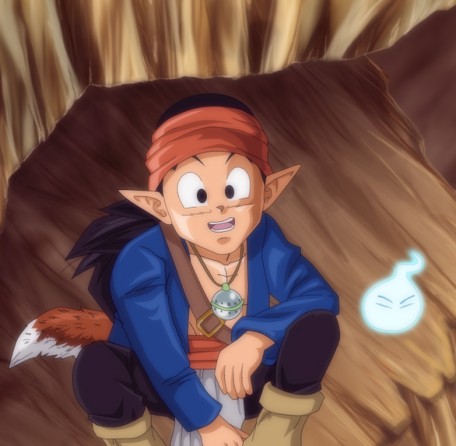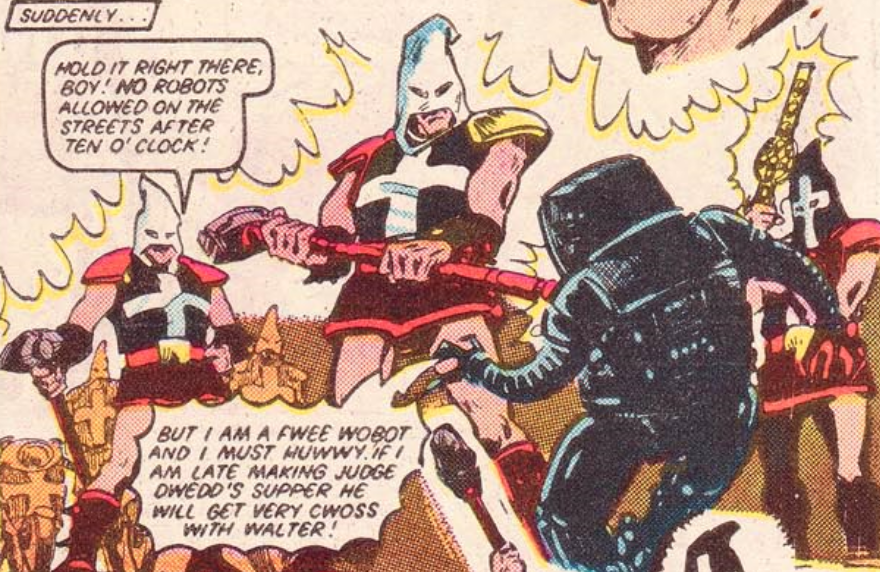(AfroGamers.com) We’ve discussed the first boom period of anime in the West during the late 1990s starting with Dragon Ball, Ronin Warriors, Sailor Moon, Teknoman, and Samurai Pizza Cats. Those series remained in syndication until 1996 when stations skipped everything following the Pilaf Saga in DB and returned with the Raditz Saga.
It was one of the most extreme timeskips because there was so much that happened between young Goku going on adventures and meeting life-long close friends to being in his early 20s with a kid. More anime series would come in as broadcasters found companies dedicated to dubbing these series.
It was very similar to Western film distributore s dubbing over kung-fu movies from Shaw Brothers and Golden Harvest from the 1960s into the 1970s. Or Saban dubbing tokusatsu series and adding in more was Western storylines.
Dubbing resulted in a new group of fans and geeks who clamored for anime and were willing to take the stuff subbed—or with subtitles.

The Rise of Anime Distributors in the West
This saw companies such as ADV, Viz, Manga Entertainment, and so on get a real boost in revenue as geeks will loosen their purse strings to purchase anime. Whether it was OAVs, full boxsets, or motion pictures—we wanted it. Unfortunately, these companies were taxing.
Seriously, I used to get the Viz catalog in the 90s and early 2000s and it was loaded with all kinds of series that I’d only read about on fansites and anime groups. Bubblegum Crisis, Project A-Ko, Dirty Pair, Eat-Man, Fist of the Northstar—which became my all-time favorite series.
Hell, even the full Dragon Ball films and series—including GT—were in this catalog while DBZ was still on the air. Of course, it would get to a point in a storyline before the dubbed episodes ran out and had to be rewound a saga or so but we were getting through the Frieza Saga slowly but surely during my high school freshman year in 1999.
The point is that these companies were charging a bit too much for one tape that only had two episodes on it when it could hold four to six. It was pretty disgusting pricing such as $19.99 for a two-episode VHS of DBZ or $24.99 for one of the movies.
The solution to this—as it does with manga now—rested in fan translation groups and torrents.
The Rise of Anime Fansub Groups
I’m a wrestling fan who got into the tape trade scene in 1999. I got a bunch of Japanese wrestling tapes after trading some tapes folks wanted. It’s a scene that has existed since the VCR became really commercial with price drops.
The whole time, there was also an anime tape trading scene as well. Just like the wrestling tape scene, you also had merchants who were simply selling tapes of anime series that weren’t dubbed and recorded from Southeast Asian broadcasts. Just like the tapes in the wrestling scene, these were pricy, but people wanted both new series and to finally finish stuff like Dragon Ball Z which was actually on the air longer than it should’ve been given the number of episodes in the series.
I was able to finally finish both the Frieza Saga and the Cell Saga before DBZ even got to the Androids because of both fan-translated anime and manga on the old Planet Namek site. I finished DB because of mostly because of manga.
Eventually, the tape trade moved to DVD but at the same time torrents were becoming more of a thing. I don’t how they did it but the translation groups were able to get a bunch of anime series that were hot in Japan at the time and translate them. Sure, we were two months behind—as was the case when recent Japanese shows were finally released during the file sharing era—but we were watching the hot stuff.
This wasn’t just the anime that was dubbed for Western television like Yu-Gi-Oh , Ultimate Muscle and Card Captor Sakura. This was pre-dubbed Naruto , Tenjo Tenge and Flame of Recca in all its uncensored, violent glory. The early 2000s for pirated anime was pretty rad, folks. You had to be there.
The Decline of Anime Fansub Groups
Sure, there are still many groups translating manga and a few translating anime. Both faced the challenge of streaming and subscription services which came along during the 2010s but only manga translation was able to weather the storm and remain just as strong—if not stronger—than they were in the 2000s.
Anime fansubs on the other hand couldn’t really compete with the speed and ease of paying a flat rate and getting all the content you want. It’s friendly to diehard anime fans, newbies, and the technologically impaired because torrenting—while not particularly difficult—was more involved than having a subscription.
Let us know: were you an anime and manga fan during the fansub era of the fandom? What were some of the series you snagged and some of the stuff you noticed about fansubs that stick with you now?
Staff Writer; M. Swift
This talented writer is also a podcast host, and comic book fan who loves all things old school. One may also find him on Twitter at; metalswift.

















Leave a Reply